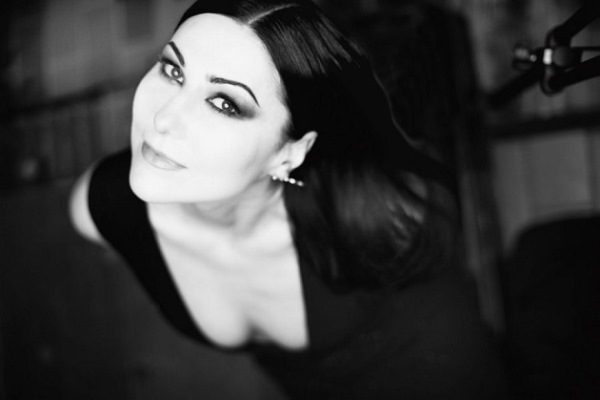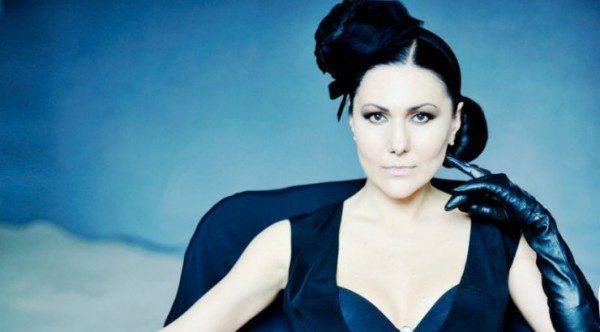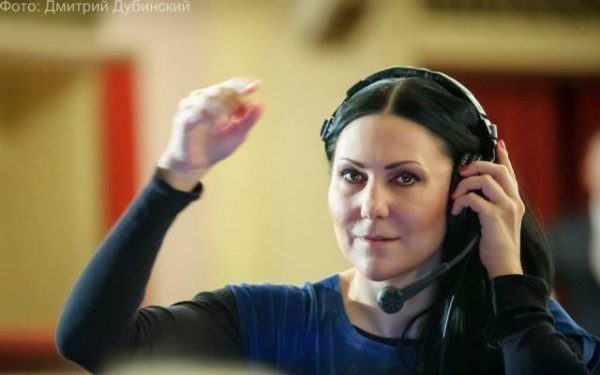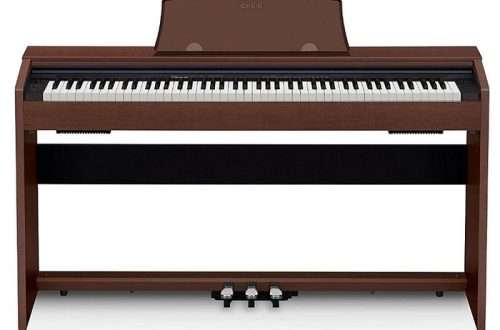
Angelika Kholina: ballet without ballet
Contents
There is a special charm when you have to write about a young artist, no matter who it is – a singer, dancer, performing musician. Because there are no established views on his work, he is still full of strength, and finally, one can expect a lot from the young maestro.

In this regard, it is very interesting to watch the choreographer of the Vakhtangov Theater (Moscow) – Angelika Kholina.
Her life and creative biography fits into the mini-description genre:
– 1990 – Vilnius (Lithuania) is a phenomenon still in its infancy;
– 1989 – graduated from the Vilnius Ballet School;
– since 1991 started staging ballets, i.e. – this is the fact of the birth of a young (21 year old) choreographer;
– along the way, she graduated from GITIS (RATI) in Moscow in 1996, created in Lithuania – the Angelika Kholina Dance Theater (|) – 2000, and since 2008. collaborates with the Vakhtangov Theater, where she is called a director-choreographer;
– has already managed to receive the Lithuanian Order of the Knight’s Cross in 2011, but what is much more important is that her students (from Vilnius) are already known at international ballet competitions, and the name of Angelika Kholina is known in European and American ballet circles.
Why was the Vakhtangov Theater lucky with Angelika Kholina?
The history of this theater, closely connected with music, is unusual, it is a mixture of genres from classical tragedy to mischievous vaudeville, it has bright actors, unforgettable performances. This is burlesque, laughter, a joke, but also depth of thought and a philosophical beginning at the same time.
Today the theater is rich in history and traditions, it is directed by Rimas Tuminas. In addition to being talented, he is also Lithuanian. This means that Russian actors, willingly or unwillingly, are “infused/infused” with a certain portion of “other blood.” As a director, R. Tuminas became a laureate of the State Prize of the Russian Federation and was awarded the Order of Friendship of Peoples. This is about the contribution of Tuminas to Russian culture.
And so director A. Kholina finds himself in this environment, and as a choreographer gets the opportunity to work with Russian actors. But it is possible that she also brings some national traditions into her work and places emphasis differently.
The result is an amazing mixture, a “cocktail” of unusual taste, which has always been characteristic of the Vakhtangov Theater. So it turns out that choreographer Anzhelika Kholina found her theater, and the theater received a talented director and choreographer.

About choreography and performers
In A. Kholina’s dance performances, only dramatic actors perform, with the exception of O. Lerman, who has a choreographic school behind her.
Describing these choreographic “fantasies” performed by actors, it must be said that:
– the work of the hands is very expressive (and dramatic actors can do this well), you should also pay attention to the work of the hand (in solos and ensembles);
– the choreographer takes care of the variety of poses (both dynamic and static), drawing, “grouping” of the body, this is her job;
– the footwork is also quite expressive, but this is not ballet, this is a different, but no less interesting theatrical form;
– the movements of the actors on stage are rather ordinary, rather than the usual ballet steps. But they receive some development and sharpening. In an ordinary dramatic performance there are no such movements (in range, scope, expressiveness), they are not needed there. This means that the absence of a word is replaced by the plasticity of the actor’s body, but a ballet dancer would most likely not perform (dance) such a choreographic “set” (sometimes due to simplicity). And drama actors do it with pleasure;
– but of course you can see and examine some purely ballet manifestations (rotations, lifts, steps, jumps)
So it turns out that on the way from drama to ballet there are possible options for performances without words, dramatic ballet, etc., which Angelica Kholina successfully and talentedly does.
What to watch
Today at the Vakhtangov Theater there are 4 performances by Angelica Kholina: “Anna Karenina”, “The Shore of Women”, “Othello”, “Men and Women”. Their genre is defined as wordless (non-verbal) performances, i.e. There are no dialogues or monologues; the action is conveyed through movement and plasticity. Naturally, music plays, but only dramatic actors “dance”.
Apparently, this is why the performances are designated not as ballets, but differently, for example, as “choreographic composition” or “dance drama.” On the Internet you can find quite large-scale videos of these performances, and “The Shore of Women” is presented in an almost complete version.
There is also a video “Carmen” on the Internet:
This is a performance by the Anzhelika Kholina Ballet Theater (|), but the actors of the Vakhtangov Theater are working, or rather “dancing,” in it.
The videos “Carmen” and “Anna Karenina” are defined as, i.e. The most striking fragments are presented and the actors and choreographer speak out:
So this form, when actors “dance” and then speak, seems very successful, because it makes it possible to understand a lot.
What interesting things did Angelica Kholina herself and her actors say:

About music and other things
The role of music in A. Kholina is great. Music explains a lot, emphasizes, highlights, and therefore the musical material cannot be called anything other than high classics.
In “Carmen” it is Bizet-Shchedrin, in “Anna Karenina” it is the brightly theatrical Schnittke. “Othello” features music by Jadams, and “The Coast of Women” features Marlene Dietrich’s love songs in English, German, French and Hebrew.
“Men and Women” – the music of romantic classical ballets is used. The theme of the performance is Love and the scenarios by which people live, which means this is an attempt to speak about the highest feelings through means of art other than words and, perhaps, to find a different understanding of it.
In Othello, the stage fullness is achieved due to the number of dancers and the large-scale symbolic structure in the form of a ball.
In the latest performances “Othello” and “The Shore…” the role of crowd scenes increases, as if the choreographer is getting a taste for it.
And another small, but very significant touch: when Anzhelika Kholina talks about the performance and the actors, her “Baltic” restraint involuntarily catches the eye. But how does all this contrast with the dynamics of movement, passions, and emotions of her performances. It really is heaven and earth!
Today, when words are heard about modern ballet, we can talk about very different performances. And a lot depends on the director, the creator of the play and the actors with whom he works. And if the maestro-director is not deprived of talent, then we are simply faced with a new phenomenon in the theatrical genre, which is clearly seen in the example of choreographer Anzhelika Kholina.
And the very last piece of advice: start getting acquainted with Angelica Cholina with her performance “Carmen”, and then – only pleasure and enjoyment.
Alexander Bychkov.




